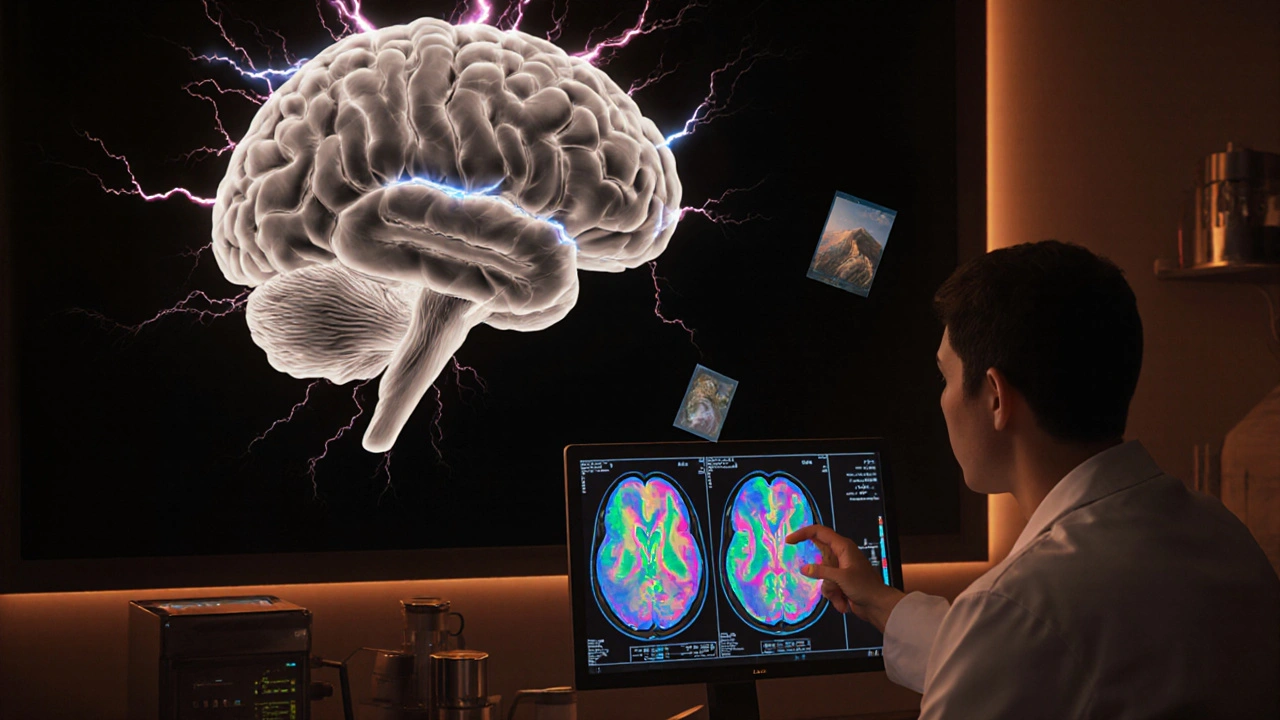Tonic-Clonic Seizures: What They Are and How to Manage Them
When working with tonic-clonic seizures, a sudden, bilateral convulsive episode that affects the whole body. Also known as grand mal seizures, it involves a loss of consciousness, muscle stiffening (tonic phase) followed by rhythmic jerking (clonic phase). These episodes are the most recognizable form of epilepsy, a neurological condition characterized by recurring seizures. Understanding how they start, what provokes them, and how they’re treated can make a huge difference for patients, families, and anyone who might witness one.
One of the first steps in handling tonic-clonic seizures is identifying seizure triggers, factors that increase the likelihood of an episode. Common triggers include sleep deprivation, flashing lights, alcohol bingeing, and sudden stress spikes. By keeping a simple diary of sleep patterns, diet, and stress events, many people can spot patterns and avoid high‑risk situations. Another crucial tool is EEG monitoring, a non‑invasive test that records electrical activity in the brain. An EEG can confirm that a convulsive event is truly a tonic‑clonic seizure and can help doctors select the most effective medication.
Medication, Lifestyle, and Safety Strategies
After a diagnosis, anti‑epileptic drugs, also called AEDs, are the cornerstone of seizure control. Drugs such as levetiracetam, valproate, and lamotrigine work by stabilizing neuronal firing. Choosing the right AED often depends on the patient’s age, other health conditions, and how well the drug is tolerated. Side‑effects like dizziness or mood changes are common, so regular follow‑ups are essential to fine‑tune the dose.
Medication isn’t the whole story. Simple lifestyle tweaks—regular sleep schedule, balanced meals, moderate exercise, and stress‑reduction techniques—can lower seizure frequency. If a seizure does happen, the immediate first‑aid steps are simple: keep the person safe from injury, turn them onto their side, time the episode, and call emergency services if it lasts longer than five minutes or if multiple seizures occur in a row.
Putting all these pieces together—recognizing the hallmark signs, tracking triggers, using EEG for accurate diagnosis, and selecting an appropriate AED—creates a solid framework for managing tonic‑clonic seizures. Below you’ll find a curated set of articles that dive deeper into each of these areas, from medication comparisons to practical tips for daily living. Let’s explore the resources that will help you take control and stay informed.

How Tonic-Clonic Seizures Affect the Brain Over Time
Explore how repeated tonic-clonic seizures cause brain changes, memory loss, mood issues, and how imaging, medication, and lifestyle can slow long-term damage.